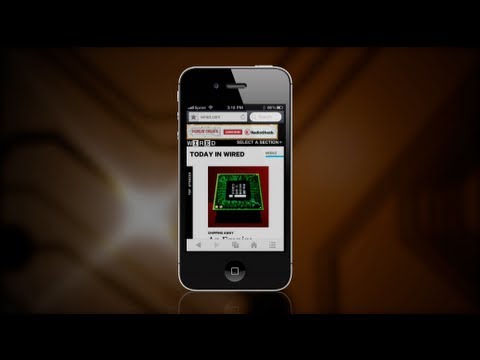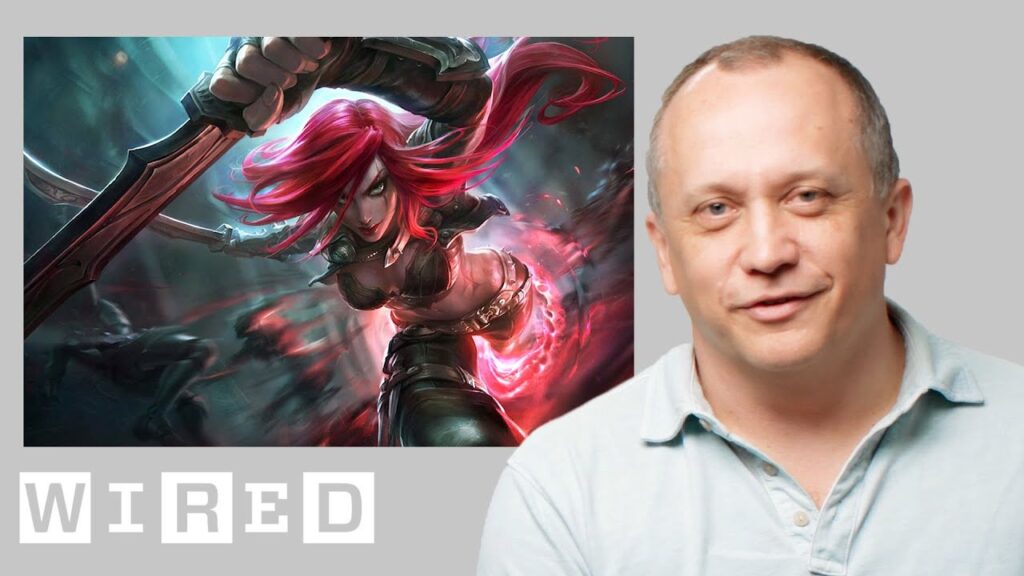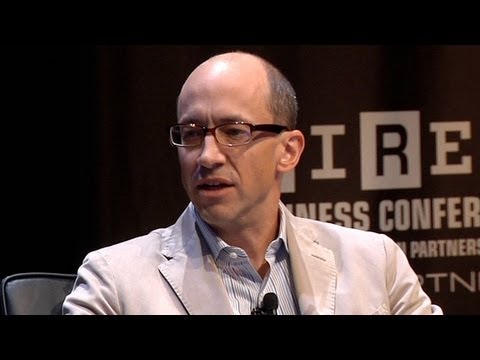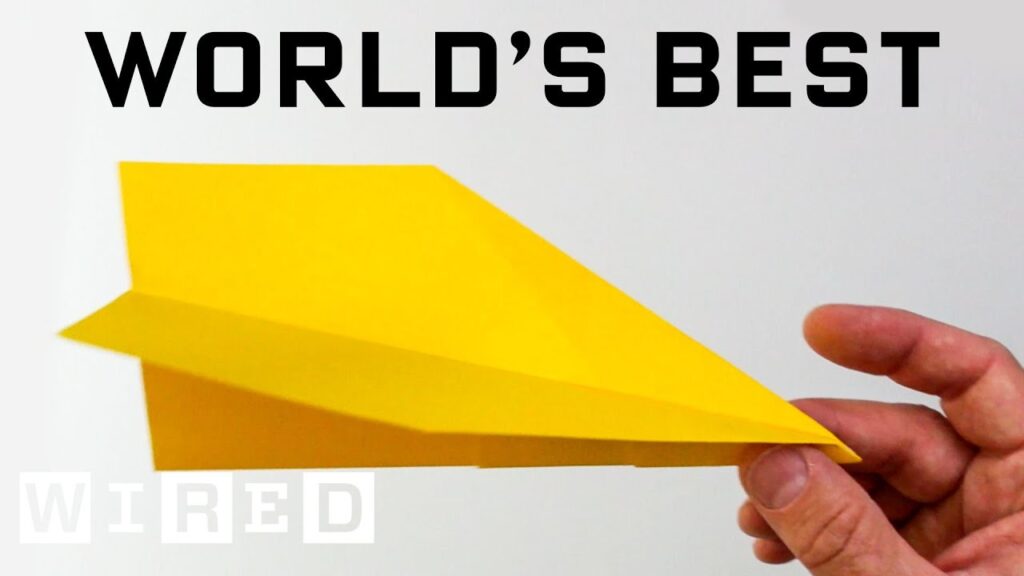The Art of Memory Melding in Pacific Rim: Designing the Drift
Summary
This Q&A article explores the art of memory melding in Pacific Rim, specifically the design process of the iconic flashback scene where Mako relives her traumatic experience facing a massive Kaiju monster. The interviewee shares their insights on how they created a subjective view of the memory, the challenge of designing the monster, and the importance of visibility in the sequence. The article also touches on how the finished product can be both exciting and emotionally detached for the creators.
Table of Contents
- Creating a Subjective View of Memory Melding
- Designing the Kaiju Monster
- Importance of Visibility in the Sequence
- Emotional Distance from the Finished Product
Introduction
Pacific Rim is a science fiction movie that depicts the world-saving battle of humanity against monstrous interdimensional creatures called Kaiju. The pilots who operate giant robots called Jaegers use a sophisticated neural technology called “the Drift” that allows them to meld their memories and control the machines together. In this article, we will delve deeper into how the designers of Pacific Rim approached the artwork of memory melding in the iconic flashback scene featuring Mako’s traumatic experience.
Q&A
Creating a Subjective View of Memory Melding:
Q: Can you describe the process of creating Mako’s flashback scene in Pacific Rim?
A: Going into Mako’s flashback was really a fun opportunity because it’s the only time we ever spent any real time and really see clearly one of these memories. What I loved about that scene, though, is it’s all told completely subjectively from Mako’s point of view. So she felt like the monster was looking at her and coming after her, which may not have been really what happened, but that’s how she remembers it. Working from this idea of the memory being subjective, you know, how does that manifest itself?
Q: How did you approach tackling the issue of memory being subjective?
A: To make the audience feel like they are Mako at that moment, we had to craft the scene for her memory to be the one that the audience is seeing. Using the technique of the subjective point of view, we made the audience see and experience what Mako saw and experienced. In terms of the design, we made the monster appear larger than the nominal 250 feet and made it shoulder through a building.
Designing the Kaiju Monster:
Q: How did you design the Kaiju monster for that particular flashback scene?
A: One of the first questions we asked ourselves was how big the monster should be. To create the feeling of danger and helplessness for Mako, we designed the monster to be slightly larger than the nominal 250 feet that we were doing elsewhere in the film. We wanted the monster to feel like it was towering over the main character, emphasizing the feeling of vulnerability.
Q: What were the challenges you encountered when designing the monster?
A: One of the challenges we faced was making the monster fit into the roadway, as it was designed to be larger than usual. Additionally, we needed to make the monster’s movements and behavior align with Mako’s memories. It was crucial to make the scene feel authentic and help the audience connect with the character’s emotions.
Importance of Visibility in the Sequence:
Q: Why was visibility important in this scene?
A: Another important aspect of the design of the sequence is visibility. We wanted to create a dramatic reveal of the creature, and we achieved this by masking it with dense ash falling like snow. Mako hides in the alley, puts her hands over her ears, and the sound goes muffled, and you just catch glimpses down the alleyway where there’s a massive battle going on, but you don’t really see it happening. You just see the feet going back and forth, cars flying, and all of this happening off-camera. It made the scene feel more intense by playing with the idea of what the audience can or cannot see.
Emotional Distance from the Finished Product:
Q: How do you feel about the finished product after working on it so intimately?
A: Seeing the finished product of something that you’ve worked on so intimately is an odd experience. On one hand, it’s really wonderful and exciting to see it with final sound mix, music, color time, and everything together. That’s great because it just elevates everything a bit. On the other hand, I’ve seen every shot a thousand times. I’ve had long discussions about the things that are working and aren’t working, and what the compromises were that I made to make it work. It took me a little while to kind of develop some emotional distance from it. I found that it usually takes about four or five years, but five years later, I can look at something and be a lot more objective about it and just not have that big flood of memories and enjoy the film for what it is.
Conclusion
The art of memory melding in Pacific Rim creates a unique viewing experience, unlike other sci-fi movies in the genre. The scene in Mako’s flashback perfectly encapsulates the subjective view of memories and the importance of perception. The design process of the Kaiju monster is impressive, showcasing the attention to detail that the creative team put into bringing a character’s memory to life. All in all, Pacific Rim is a stunning example of how intricate design and emotional connectivity can be achieved, especially when it comes to melding memories together.







